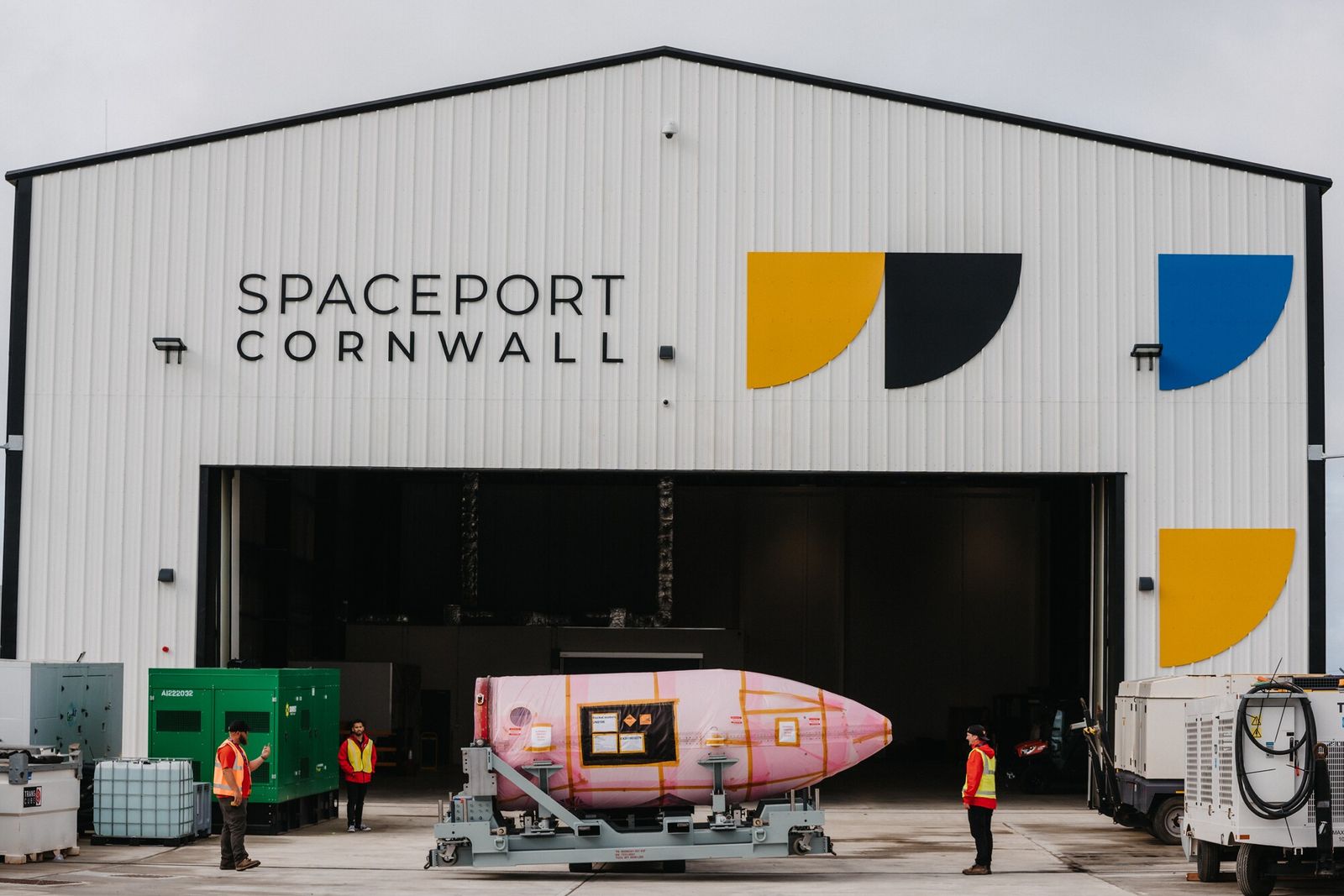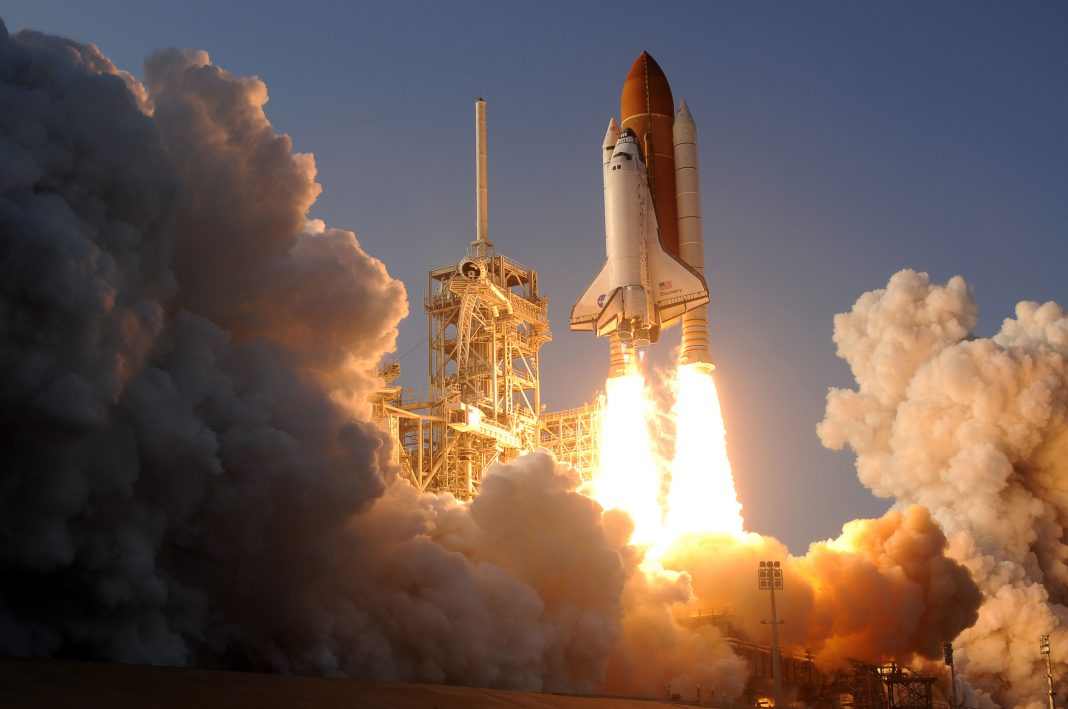2023 is looking to be a year of further growth in the space business, but what do countries need to prepare for to succeed in the modern space race?
Although the first use of the UK spaceport in Cornwall was not a success for the launch provider, it did prove that the facility and current space race have value and can create economic opportunities.
It is likely that the spaceport will become a base for launch providers, space vehicle manufacturers and another option for companies, governments, and academies looking to launch payloads. Manufacturers will no longer have to ship their systems long distances or wait in a queue for a spot on a launch vehicle.
The space race across the world
Meanwhile, the EU opened the spaceport Esrange centre in Sweden, providing services to EU governments and companies. Canada also announced plans for a spaceport in the province of Nova Scotia. These local spaceports will add the additional capability for companies and governments to reach space.
In 2022, the successful launch of the USA SLS/Artemis set the stage for the return of man to the moon even closer. Whilst China began to launch segments of its space station, the USA and partners began to define the replacement for the International Space Station (ISS), and satellite constellations continued to grow larger with new players emerging from around the world.
Although prices are still high for space travel, continued success and increased frequency should drive prices down over the next ten years
Although prices are still high for space travel, continued success and increased frequency should drive prices down over the next ten years. This will include the planned flight around the Moon by Japanese billionaire Yusaku Maeza along with eight others in a Space-X Starship. 2023 should be a landmark year for space both commercially and for countries as costs drop, and access to launch facilities increases.

PHOTOGRAPH BY SPACEPORT CORNWALL
Challenges for the space race in 2023
There are challenges that will need to be considered in 2023, one being the management of the ever-growing amount of space debris. Finding ways to capture and destroy debris is essential as the number of users grows.
It is necessary to ensure that satellites at the end of life are put into orbits that will result in their re-entry and destruction in Earth’s atmosphere, especially the small satellites that compose the constellations and are built for short lives.
One way to address the issue of satellite life cycles is the development of new space vehicles, which could move satellites to new orbits supporting re-entry or be used to re-fuel and extend their useful life. This would also help control the number of objects in space, reduce some of the push for launch services, and be a financial plus for owners.
Creating a space traffic management (STM) to prevent collisions in orbit
With the tens of thousands of small satellites planned for constellations, keeping track of where satellites will become essential to prevent collisions, resulting in the loss of an asset and the generation of new debris.
Finally, discussions are needed on the uses and users of space and how the moon, mars and any other planet visited by us will be managed. Unlike the previous space race to the moon, this time it is not just countries competing, but also companies.
This time it is not just countries competing, but also companies
Something to take into consideration is how a company is making a claim will be handled when landing on the moon or mars. Also, with the use of land and resources on planets, asteroids will need to be addressed as well as weapons in space. There have been several ASAT (anti-satellite) tests done, resulting in more debris and potentially creating a new battlefield.
The protection and security of communications and navigation systems will become an issue in a world where competition is spreading. Cybersecurity for satellites will also become even more important to ensure communications and navigation are not impacted.
Paul Kostek IEEE senior member, advisory systems engineer with Air Direct Solutions LLC (infrastructure)












Why don’t they collect and throw all the debris back at the sun (which will destroy debris for good).
Surely, if massive sails can be built (for ex JWST), then collection nets can be built too (to collect space debris).
And after reading the article, it seems that launching things (into specific sun-bound-orbits) should not be that difficult.